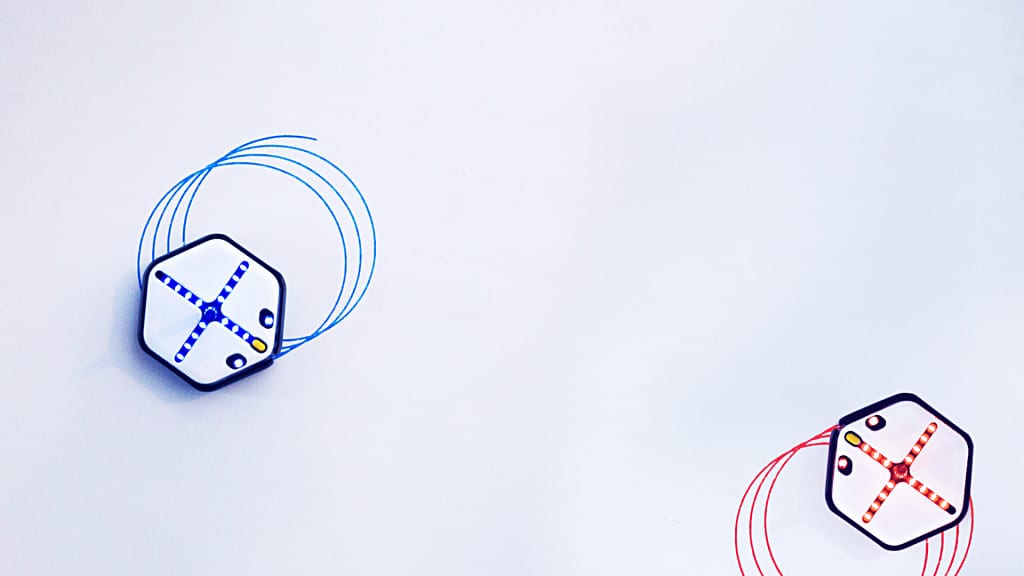United States (Boston)
Our thirst for computer programs and mobile apps shows no sign of abating. From online to the impending launch of driverless cars, these programs help to automate our lives, but they still need to be created using a ‘coding language’ – and this process requires human effort and ‘computer literacy’. Demand for computer programmers is ongoing, so teaching children about code from an early age is being encouraged from France to Africa.
Currently taught at a computer keyboard, coding is an abstract process. Step (well… glide) forward Root, a miniature robot that can empower the next generation of coders. Root can move and draw on whiteboards, spelling students’ names as they program when to drop and lift the pen. The robot can move along any horizontal surface, marking and erasing lines, scanning and displaying colours, and responding to light, sound and touch – giving an instant, physical manifestation of code.
Created by Wyss Institute at Harvard University, it’s the result of over three years’ work with input from teachers along the way, and the challenge is to effectively engage children with the coding process: “Real coding is far too abstract for young minds, and databases and algorithm development is not something engaging for older minds,” explains project leader Zivthan Dubrovsky. “Robots are a great way to bring coding to life, and give a physical presence to both simple and complex coding environments.”
Root is designed to grab children’s attention and keep them interested. Using robots as teaching devices is not a new idea, but Root is far more than an educational toy. Children will soon be writing code that can make the robot perform a range of actions, and as their skills develop, they’ll be able to use programming languages like JavaScript to program Root.
“Our hope is that Root will be a catalyst to make coding approachable for elementary schools and more engaging for all the upper schools.”
In 2019 iRobot, best known for its robots used in the home, acquired Root Robotics. Watch Root do a great impression of their Roomba robot vacuum cleaner.
Bio
Matthew Duffield is a Barcelona-based writer, journalist and blogger – random reflections on music, art, culture, politics, people, places, ideas, love, dreams and the whole damn thing.
Project leader
Zivthan Dubrovsky
Support the Atlas
We want the Atlas of the Future media platform and our event to be available to everybody, everywhere for free – always. Fancy helping us spread stories of hope and optimism to create a better tomorrow? For those able, we'd be grateful for any donation.
- Please support the Atlas here
- Thank you!




